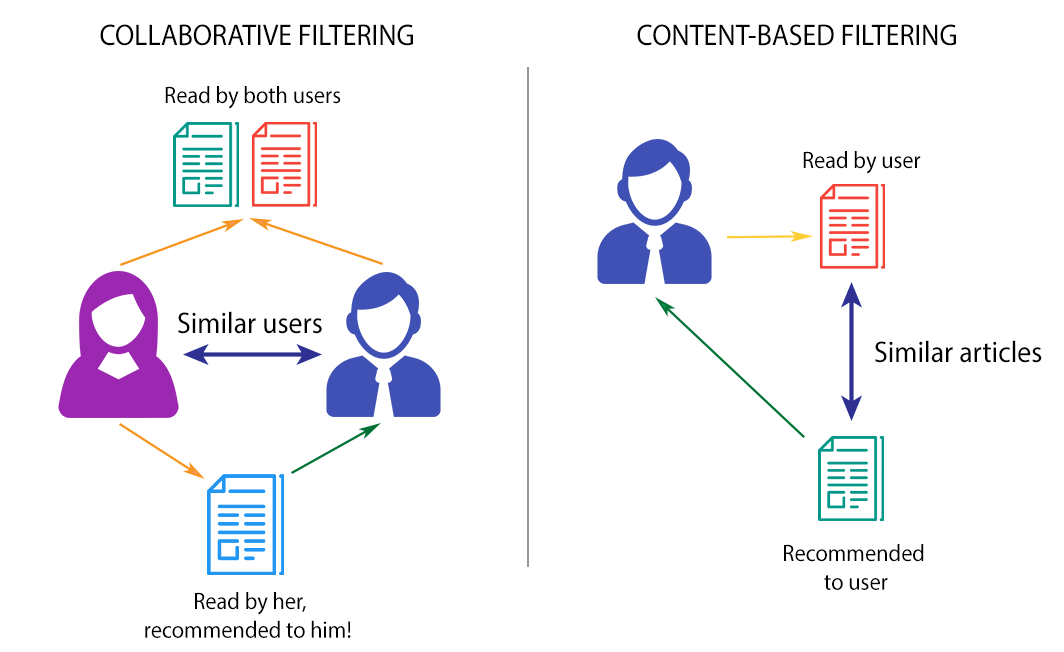
Basket Marketing Vs Social Media Analytics
Social media has beeen made as fun tools to find events, share photos and chat with friends, but communicating with brands, selling a product and providing a service requires picking up the phone, sending emails or visiting the company website to get the information you need.
In the age of big data, brands now have access to more information than ever about their customer base. One of the main challenges of social media marketing is segmentation—targeting people with content that they are interested in based on their online activity and demographics.
Using a mix of big data analysis and machine learning, brands can effectively target users with messaging in a language they really understand and push offers, deals and ads that appeal to them across a range of channels.
Machine learning uses recommender and cluster algorithm to analyize similar users, groups, interests, activities and behavior to indicate items of preference or perform recommendation through the analysis of items which are similar to the ones the user has already seen and evaluated.
User-Based Filtering
In this type of filtering, recommendations are made based on predictions of user preferences resulting in interactions between other users.
which establishes recommendations based on items consumed by users with the same consumption pattern as the current user.
This type is used in Amazon and YouTube recommended videos.
Content-Based Filtering
The content-based filtering approach is based on the premise that the user would like to see similar items as those previously seen by him.
With information on a specific content and data about a specific user that can be related to this information, it is possible to define the relation between user and content.
For example, a book about programming could be recommended to students of computer related courses.
This is the basis of content-based recommendations that does not utilize the relations among users to define the content,but rather uses relation about contents,
interests and hobbies inferred directly by the user, even if unconsciously.

×

Fig.2 - User-Based Filtering VS Content-Based Filtering
What we do
At DataCave we study and analyze your social media channels to understand how new customers and products can be added to your portfolio to maximize
the value of social media through basket marketing by:
- Extract potential customer via any new ad on social media
- Cluster your client per product per need
- Segment customer based on their customer service needs
- Target new market, groups, and customers with a custom product based on the recommeder score system.
- Analyze and track your accounts
- Track all native metrics and ads metrics
- Measure the cost efficiency of your paid and organic content
- Track the evolution of your profile’s Relevance Score and see how your content is impacting it
Using recommender system helps enterprises to better understand client needs, behaviors, closely know your customer, group your clients inside the same network and divide your products and customer portfolio into nodes, in which every node has its own needs and culture.